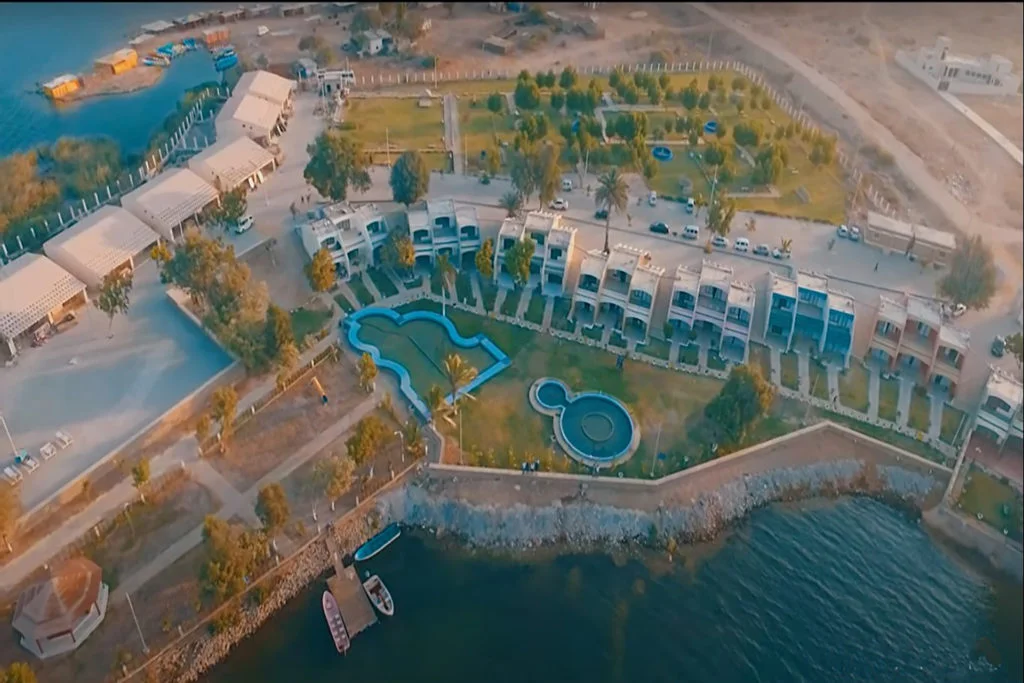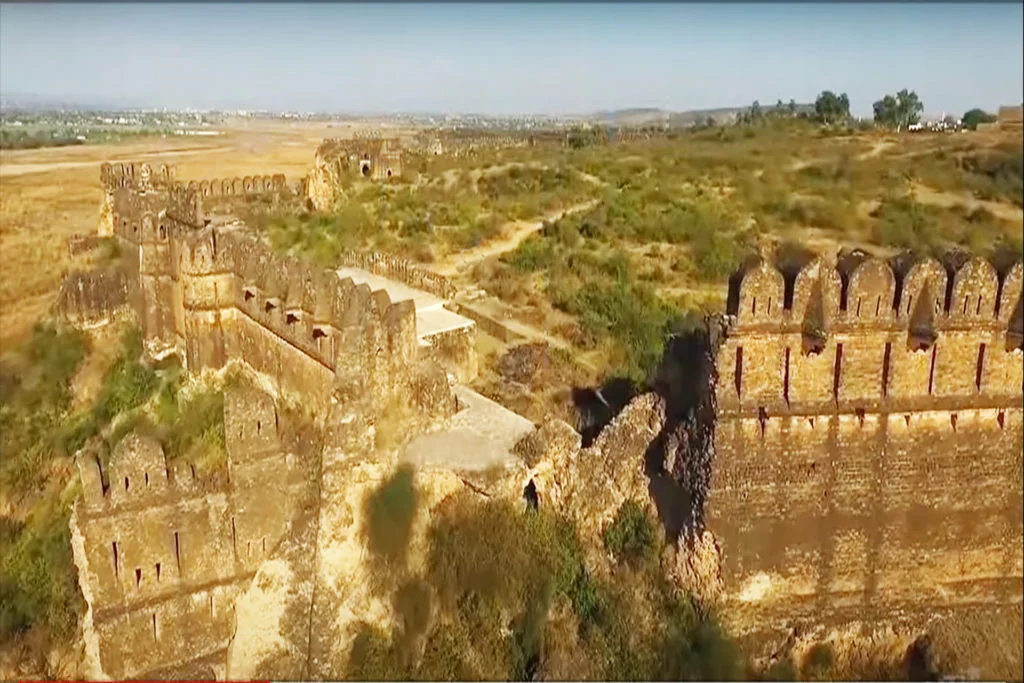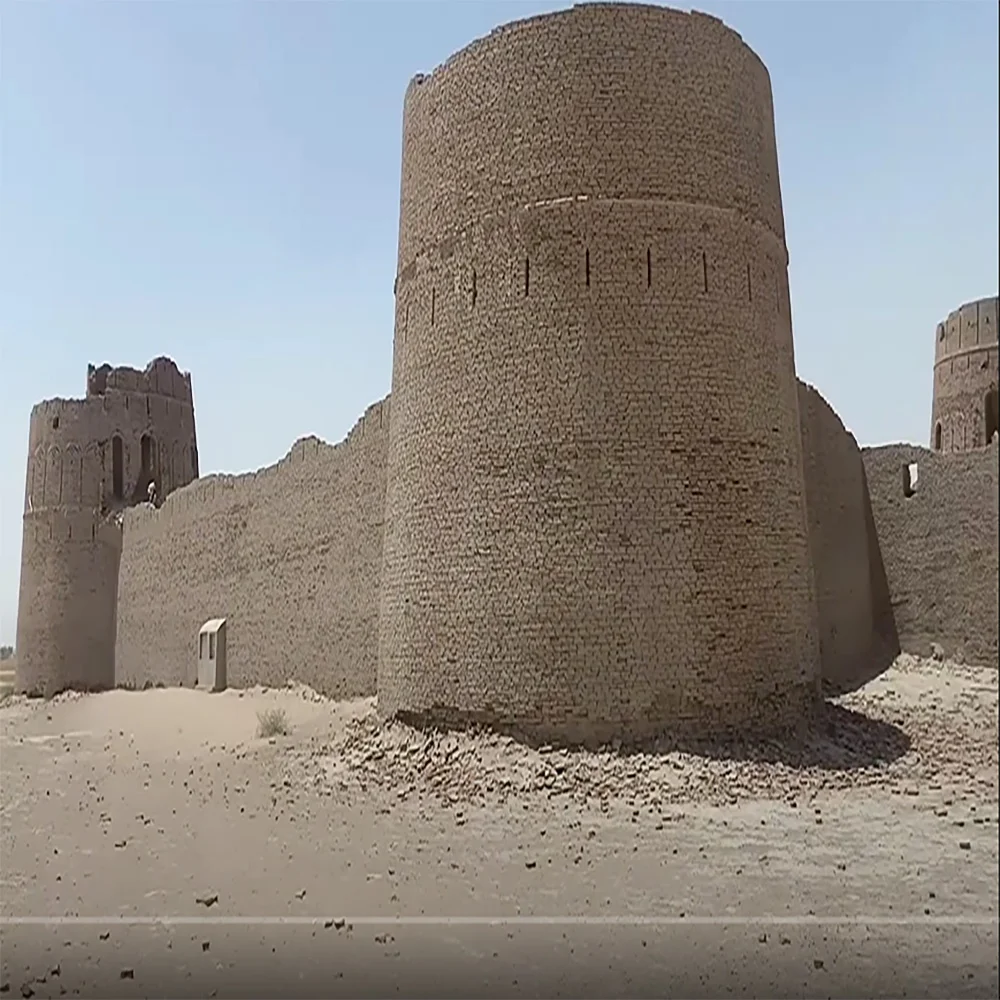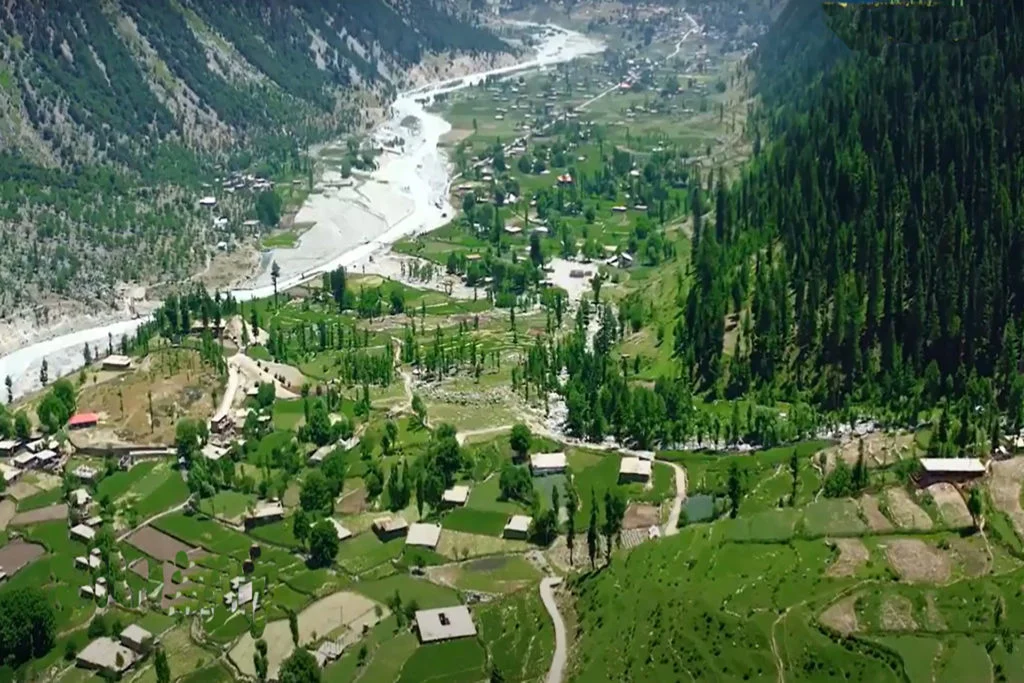The Wakhan Corridor is a narrow strip of land located in Badakhshan Province, Afghanistan. Stretching from the borders of Tajikistan in the north to the northern regions of Pakistan in the south, the corridor serves as a buffer zone between the Russian and British Empires. This region, with its high mountain valleys and majestic rivers, has a rich history as a vital trade route connecting East, South, and Central Asia since ancient times.
Formation and Geography
The Wakhan Corridor came into existence following the Durand Line Agreement of 1893 between Mortimer Durand of British India and Emir Abdur Rahman Khan of Afghanistan. This agreement created a buffer zone between the two empires, preventing direct territorial conflict. The corridor’s strategic location also placed it adjacent to China’s Xinjiang region, which was then under the rule of the Qing dynasty.
Geographically, the corridor is located in Afghanistan’s Wakhan District, within the vast expanse of the Pamir Mountains. The Wakhan River flows through this high mountain valley, joining the Panj River to form the mighty Amu River. The corridor’s northern border is defined by the Pamir River and Lake Zorkul, while the high peaks of the Pamir Mountains mark its eastern boundary. To the south lie the towering Hindu Kush and Karakoram mountains, while the western entrance is near the town of Ishkashim.
Historical Significance and Travellers
Despite its rugged terrain, the Wakhan Corridor has historically served as an essential trade route between Badakhshan and Yarkand. Marco Polo is believed to have passed through this region during his travels. Over the centuries, many intrepid travellers, including the Portuguese Jesuit priest Bento de Goes and explorer Sir Aurel Stein, ventured into the corridor to explore its wonders and engage in trade.
Three primary routes were used by these early travellers: a northern route through the valley of the Pamir River to Zorkul Lake, then eastward to the Bartang River valley and across the Sarikol Range to China; a southern route along the Wakhan River to the Wakhjir Pass, which leads to China (though this pass is closed for several months each year); and a central route that branched off the southern one, leading through the Little Pamir to the Murghab River valley.
Political Significance
From a historical perspective, the Wakhan Corridor is a product of the “Great Game” between the British and Russian Empires. Agreements between the empires in 1873 and 1893 split the Wakhan region, making the Panj and Pamir Rivers the border between Afghanistan and the Russian Empire (now Tajikistan). The Durand Line Agreement between British India and Afghanistan marked the boundary between the two powers and left the Wakhan as a narrow strip of Afghan territory.
Current Status and Future Prospects
The Wakhan Corridor is a remote and sparsely populated region, with only rough paths and limited transportation infrastructure. A road exists between Ishkashim and Sarhad-e Broghil, but beyond that, the terrain is challenging to navigate. As a result, the area remains relatively untouched by conflict, and the locals, mainly comprising the ethnic Pamir and Kyrgyz communities, are largely unaware of the wars occurring elsewhere in Afghanistan.
In recent times, there have been calls to open the corridor for economic reasons and as an alternative supply route for combating the Taliban insurgency. However, this proposal has faced resistance due to the unstable situation in China’s Xinjiang region, which shares a border with the corridor.
The Wakhan Corridor remains a remote and enigmatic region, with its ancient trade routes and breathtaking landscapes preserving its historical and geographical significance. As the world continues to evolve, the corridor’s future prospects and potential role in regional connectivity remain subjects of interest and debate.






